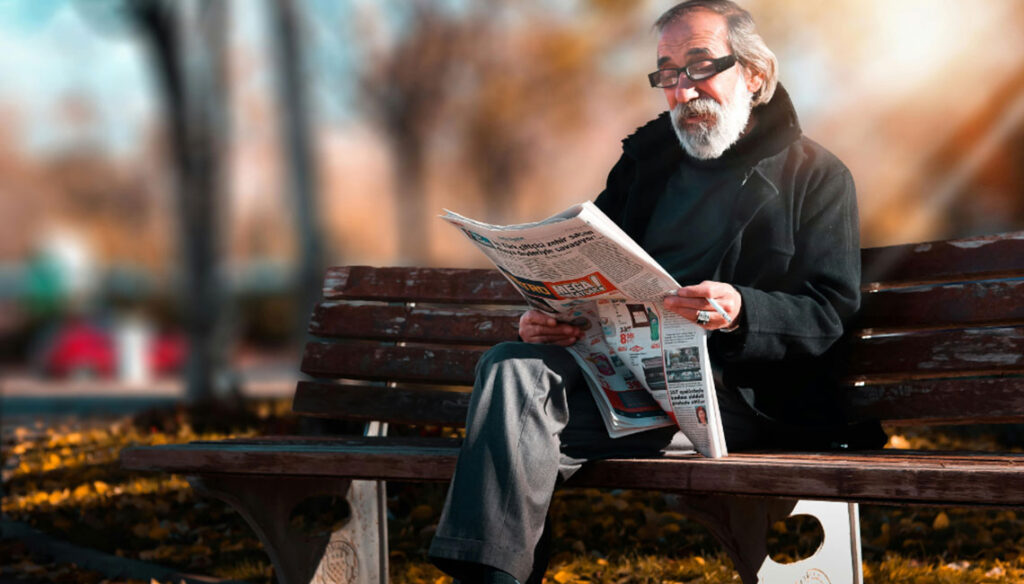
Youth and old age are stages of life that occur in a continuous, natural process, and in each one experiences and learning are lived. However, societies have taken it upon themselves to stigmatize each one.
What is ageism?
This discrimination due to age has been defined as ageism. Since 2021, the World Health Organization has recognized it as the way of thinking, feeling and acting concerning people’s age, based on prejudices and stereotypes.
In the case of those over 60 years of age, this discrimination can have consequences on physical and mental health, in addition to reducing their quality of life. In young people, it produces a high level of stress.
Now, considering someone old or young depends on context, purpose or culture. In many States, the age of majority is 18, but in others, it is 19 or 21. However, the age of majority also adjusts to different situations, for example, purchasing alcoholic beverages.
Ageism: examples of discrimination in youth and old age
We live in a time when the physical changes of old age are rejected. The above has caused youth to resent constant losses and growing up becomes a mourning. For example, adaptation towards maturity is delayed, there is resistance to change, they avoid commitments and they develop a low tolerance for frustration.
These reactions are reaffirmed through the media and social networks. They present us with models that promote perpetual youth and teach us to value the effort to appear younger, by resorting to measures such as hair dyes, surgeries, face creams, clothing, diets, etc.
Unfortunately, this has caused people to find it difficult to establish their identity and find meaning in the stages of their lives.
As for older adults, another example of ageism is that they are marked as unproductive. Their healthcare and pensions are seen as an expense to governments, despite the economic contributions they made throughout their lives. Their employment opportunities and access to education are also reduced.
Ageism also affects younger people in the workplace. Job opportunities are limited, their hobbies and innovative ideas are not considered, and it is believed that they do not have the necessary skills for various jobs.
For health and social care institutions, age stereotypes are also very defined. Young people are healthy, physically active, strong and energetic, although they are nervous, drug addicts and impulsive or risk takers.
As for older adults, they are considered warm and friendly, but also irritable, fragile, depressed and lonely, which systematically harms them. An example is making decisions regarding prolonging life. Using respiratory assistance, surgery, or dialysis is often defined by the patient’s age.
Ageism and post covid: Changes in the future
Since the COVID-19 pandemic, young people have begun to worry about their deaths and that of their loved ones. The numerous losses they experienced caused them to be more interested in the future, wanting to start projects and generate closer family and friendly ties.
On the other hand, in many older people, the desire arises to make plans, go back to study or learn new things and create new relationships, to take advantage of the present time in the face of uncertainty.
Tools to reflect on Ageism
In recent years, we have learned the importance of being flexible and resilient, of taking care of physical and mental health, and of being respectful and empathetic with others. That is why we offer you these tools to reflect on age discrimination, which will undoubtedly help you identify and better understand this problem:
- Youth and old age are terms that are generally used without taking into account the stories of each person. An example of ageism is calling older adults who do not have grandchildren grandparents, or believing that being old is synonymous with inability and youth is always energy and plenitude.
- The Mexican film Greta’s Years (1992) by director Alberto Bojórquez Patrón shows the coexistence of a family of different ages, where the youthful heyday is confronted with the natural deterioration of old age. It has interesting proposals, so we share the link so you can see them in full.
- Ageism mainly affects older people and, above all, women because they suffer greater aesthetic pressure to hide aging. In addition, they have fewer opportunities in the labor market as they age.
At Del Pueblo Funeral Home we believe that social pressure to exercise various roles and responsibilities prevents happiness in young people; while the elderly are affected by isolation and the lack of company from their loved ones. That is why it is important to reflect on what ageism is and learn to identify prejudices and stereotypes that are affecting our population.
In the desire that these two sectors can support each other and make their lives more pleasant, we remind you that at Del Pueblo Funeral Home we make difficult times easier.
